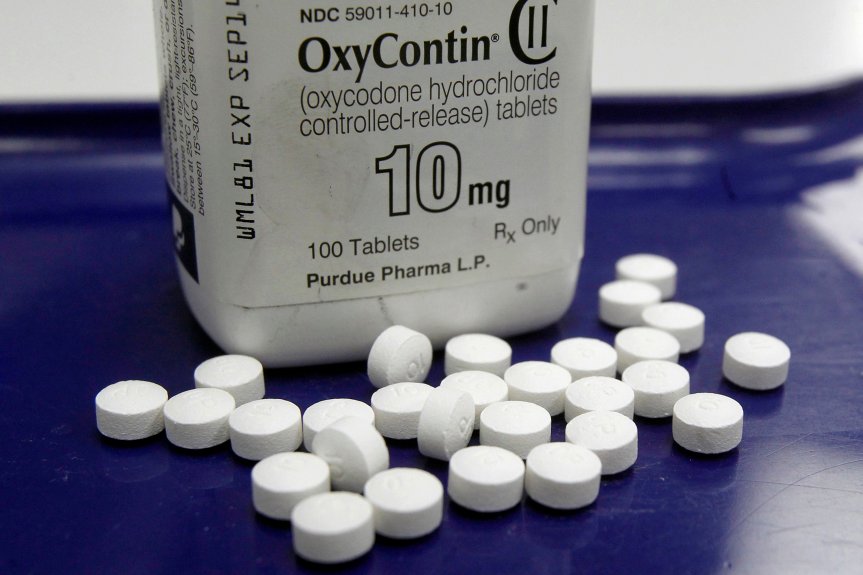How the war on opioids is worsening a crisis


Whenever government confronts a public-health “crisis,” sensible policies usually get lost in the resulting hysteria. The latest example involves the nation’s opioid epidemic, as total drug-overdose deaths have soared from under 17,000 in 1999 to more than 67,000 in 2018, according to the latest data from the federal Centers for Disease Control.
State policies, however, risk making this troubling situation worse. For example, California Attorney General Xavier Becerra last year joined 20 states in suing the maker of OxyContin. The states allege the company aggressively marketed this pain killer and thereby contributed to the addiction and overdose epidemic. Earlier this month, the attorneys general reportedly rejected an $18 billion settlement offer from opioid firms.
It’s not unusual for state officials to sue major corporations. These lawsuits usually are filed in the name of protecting the public from some perceived harm and reimbursing the government for related costs. In this case, however, the state’s approach is based on a shoddy argument that may exacerbate the problem it seeks to address.
States have embraced “the misguided narrative” that this crisis “is a result of careless doctors and greedy pharmaceutical companies getting patients hooked on prescription opioids,” wrote Jeffrey Singer, from the libertarian Cato Institute. That’s a common argument: Opioid overdoses are caused by companies that are flooding the market with prescription drugs.
Several recent California laws likewise use similar reasoning to clamp down on opioid use. One law requires doctors to write only electronic prescriptions to make them easier for the government to track these drugs. Another one mandates additional education for doctors about the risks of overprescribing opioids. Yet another more tightly regulates drug rehab centers. One sensible new law eases patient access to access the overdose antidote, naloxone.
This overall approach, however, misses the most likely cause for increased opioid-related overdoses. A declining share of overdoses actually are the result of prescriptions opioids. The bulk of the overdose deaths now come from synthetic opioids such as fentanyl and from heroin. As governments target pharmaceutical companies and closely monitor physicians, patients are having a much harder time accessing legal drugs that reduce their pain.
As a result, some of these patients seek out more powerful and dangerous illicit drugs. These crackdowns also have dried up the supply of opioids. So, people who are addicted to them and use them for nonmedical purposes cannot find them on the black market. These addicts also switch to fentanyl and heroin, which are much more potent. It’s far more difficult for users to evaluate dosage and quality when dealing with underground products.
Singer notes that opioid prescription overdoses remained steady (and relatively low) until 2010, which is when doctors significantly reduced the number of opioids they were prescribing. After “it became more difficult to divert opioids for nonmedical use, the overdose rate began to climb as nonmedical users switched over” to harder drugs, he added.
In other words, the state and federal “war on opioids” probably has increased the number of overdoses. These policies also have made it tougher for patients who are dealing with serious pain to reduce their suffering. It has intruded on the doctor-patient relationship. Instead of suing manufacturers and punishing doctors, the state should work with them to craft meaningful public-health solutions.
 Pathways Drug Rehabilitation Luxury Addiction Treatment & Detox Center
Pathways Drug Rehabilitation Luxury Addiction Treatment & Detox Center


